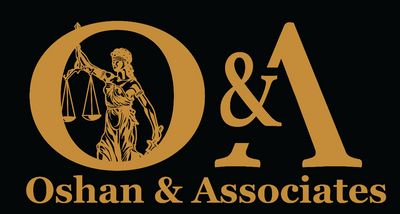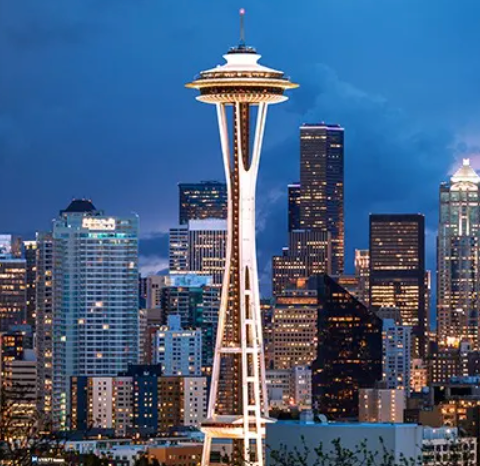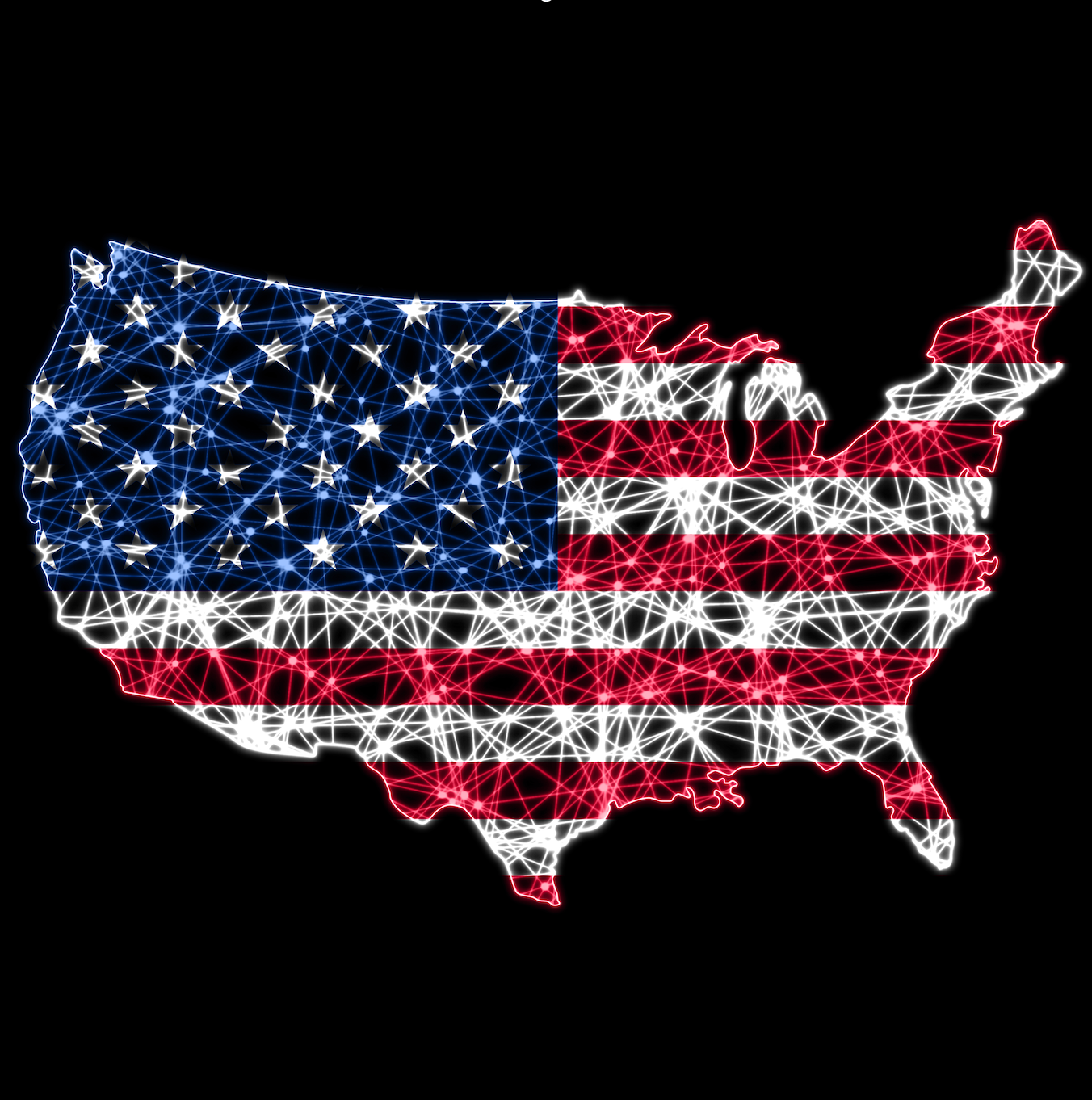How to Know Who is Responsible For Slip and fall accidents
Slip and fall accidents can be serious. They account for 15% of all accidental deaths in the United States. The major risk factor with slip and fall events is the tendency for victims to fall pretty hard when they happen. Whether falling forward or backwards, it can result in serious trauma to delicate parts of the body such as the back of the head. A lot of the time, these slip and fall events will occur because someone was negligent. If you have been injured in a slip and fall accident, know that you have the right to get compensation.
At Oshan and Associates, we have garnered vast experience helping countless clients with slip and fall accident cases obtain the compensation they deserve. You will find our experience and dedication to our clients’ best interests invaluable in getting the results you desire. An experienced lawyer can help you understand the laws on slip and fall accidents as well as your rights in such accidents.
Common causes of slip and fall accidents
Some common causes of slip and fall accidents are:
-
Defective staircases: When a staircase is creaky and old, it poses a hazard for visitors on the premises. If the frame is weak or made of wood that is already falling apart, it would be likely to cause serious injury.
-
Debris, clutters and obstacles: These make walking on surfaces dangerous and increases the risks of experiencing a fall. According to the National Floor Safety Institute, 55% of all slip and fall accidents are caused by hazardous walking surfaces.
-
Footwear: 24% of slip and fall accidents are caused by inappropriate footwear according to a report by National Floor Safety Institute. For instance, wearing flip flops that do not have sufficient grip on a smooth floor can lead to accidents.
-
Wires and cords in walkways: Wires can be very annoying when they are in our way. They sometimes go unnoticed and may entangle the feet of persons walking along a walkway leading to slip and fall accidents.
- Wet floors - are hazardous for visitors on the premises.
Understanding premises liability in slip and fall accident cases
Premises liability implies that a person may be held liable for injuries caused to another on their premises due to the presence of hazardous conditions. An owner of premises owes a duty to persons that visit the premises. They are obligated to keep the premises in such a condition that hazards will not unnecessarily occur. Premises includes land or place of business and the most important link to the premises is possession. While the concept of possession seems simple, it can often be tricky in action. For instance, a person could be in possession of a place without owning it or even being anywhere around there. Legally, a person is deemed to be in possession of a premises if they:
- Occupy the premises with intent to control it;
- Occupy the premises with intent to control it and no other person has brought a competing claim to assert control;
- Are entitled to immediate possession of the property, in the event that there is no other person in possession or control of the premises.
There is no precise way to determine when someone is legally responsible for your injuries if you slip or trip. Each case turns on whether the property owner has acted carefully or discharged their duty to ensure floor safety.
Elements of premises liability
There are four major elements that must be proven for a successful claim under premises liability and they are:
- Defendant had possession and was in control of the property
- Defendant was negligent in control of the property.
- Plaintiff sustained an injury
- The owner’s negligence is causally linked to your injury.
What percentage of Slip, trip and fall accidents happen at home?
According to a report by the center for Disease Control (CDC) and the Bureau of Labour Statistics (BLS), there are two types of falls namely, elevated falls and same-level falls. According to a report by Occupational Safety and Health Administration (OSHA), 50% of all accidental deaths at home are due to falls. In addition to this, 60% of nursing home residents fall at least once at home. It is reported that most slip and fall accidents occurring at home involve the old and the elderly.
Proving Negligence in a slip and fall accident case
Negligence must be proven to successfully claim compensation in premises liability. Most personal injury cases are founded in negligence and slip and fall accidents are no exceptions. This means that the owner or manager of a premises has a duty or responsibility to the person who has sustained injury on their premises. Being merely injured on a person’s premises is not enough to prove negligence in a slip and fall accident case. You must show the following:
- That the person in possession of the land owed you a duty or responsibility of care.
- That the person in possession knew or ought to have reasonably known that there was a hazardous condition and the condition posed risk of harm to you. You may also show that the possessor should have expected that you would not recognize or discover the hazard.
- That the person in possession breached that duty of care
- That the breach caused your injury.
What do you do after a slip and fall?
In the aftermath of your slip and fall accident, do not simply pick yourself up and dust off. Follow these steps as closely as you can:
-
Seek medical attention: It is important that you seek medical attention as your health and well being is the first priority. Even if you cannot find visible injuries, a checkup at the hospital is not out of place as internal injuries can be sustained which may be fatal if untreated.
-
Report the incident to available staff: Some establishments have staff that are employed to attend to cases like this. Make sure that your fall is documented and the conditions that caused the slip are noted. If the fall happened at a person’s home, contact the homeowner.
-
Take pictures and obtain relevant information: Pictures can be very fantastic for proof in the event that the matter gets to court. If you are well enough after the fall, do take pictures of the exact spot where the fall happened. Take pictures of the condition of the spot and the injuries you sustained too. If you are not strong enough to take pictures, ask a friend or a bystander.
-
Be careful with insurance companies: If you got injured in a slip and fall accident, you may have a claim against the premises owner’s insurance policy. Insurance companies can be quite tricky to deal with without the services of an experienced attorney. It is important that you decline correspondence with the agents of the insurance company untill you have reached your lawyer.
-
Other post-fall steps: Other post-fall steps that you my take includes preserving your shoes that were worn at the time of the fall. If you have torn shoes or stained clothes, they are best preserved in plastic bags. Do not wear them again until you contact your personal injury attorney.
-
Reach out to an experienced personal injury attorney: Moments after the fall and dealings thereafter with the parties involved are not the best do-it-yourself moments. You need an experienced attorney to ensure that you get the best possible outcome from insurance agencies or the owners of the premises.
Is a Homeowner responsible to trespassers?
Homeowners owe the least legal duty to trespassers. As such, they owe no responsibility to warn trespassers of hazardous conditions on the land in their possession. Therefore, a slip and fall case arising from trespass will have little to no chance of succeeding in court.
Contact the best slip and fall accident attorneys in Seattle and New York
Have you been involved in a slip and fall accident? Your best shot at a favorable outcome lies with us. Our lawyers at Oshan and Associates are skilled at personal injury law and have the experience to provide thorough representation for you. Take advantage of our free no-obligation consultation to start a conversation with us today. Call us today on 206-335-3880.
























